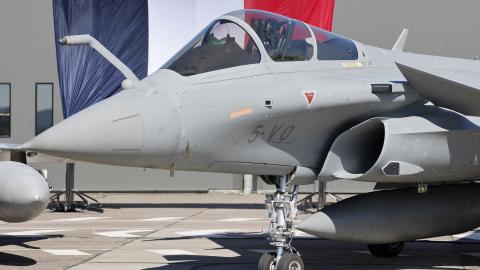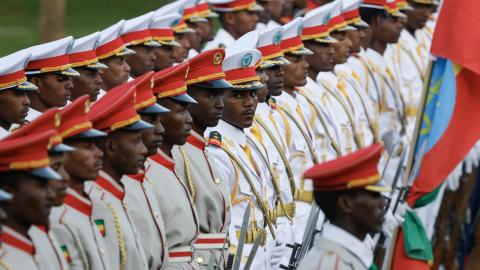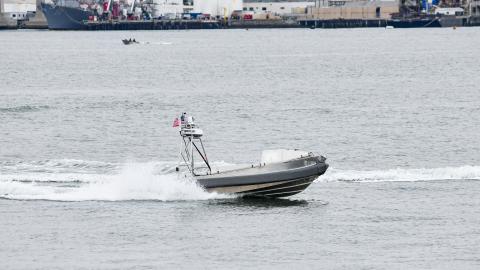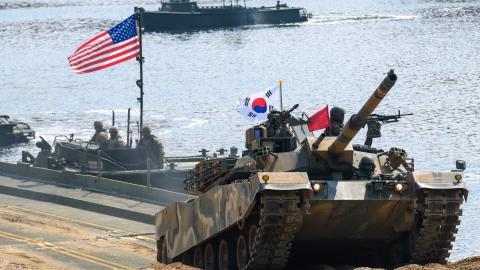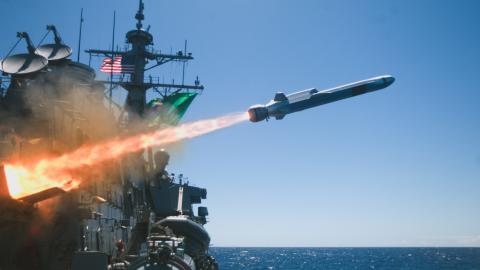Below Senior Fellow Can Kasapoğlu offers a military situation report about the war in Ukraine.
Executive Summary
• Russian sabotage squads: The Kremlin has activated a new intelligence unit tasked with staging subversive activities against NATO member states.
• Courts-martial in Kyiv: Ukraine initiated the courts-martial of three generals accused of failing to defend Kharkiv and the former commander of the French-trained 155th Brigade.
• Battlefield update: The Russian military maintained its offensive posture with a focus on Pokrovsk, while the Ukrainian 47th Mechanized Brigade repelled a Russian assault in Kursk.
1. A New Russian Unit Wages Subversive Activities Against NATO Nations
The Wall Street Journal reported that Russia has activated a new intelligence task force, the Department of Special Tasks (SSD), torun subversive activities in the West. Its purview includes sabotage of critical infrastructure and defense industries, infiltration of companies and universities, and targeted killings. The new unit is reportedly behind the foiled murder attempt of Armin Papperger, the CEO of German defense giant Rheinmetall. The task force may have also devised plans to place incendiary devices on cargo planes flying between Europe and the United States.
The SSD has subsumed various elements of the Federal Security Service (FSB) and Unit 29155 of the Russian military intelligence directorate (GRU). Unit 29155, which is responsible for the 2018 poisoning of former Russian spy Sergei Skripal and his daughter in the United Kingdom, has a record of using chemical warfare agents against targets in the West in violation of Russian commitments to the Chemical Weapons Convention. Some reports even allege that the unit is responsible for the thwarted 2016 coup attempt in Montenegro. If true, this would constitute a last-ditch push by the Kremlin to reverse that nation’s path to North Atlantic Treaty Organization membership.
The Wall Street Journal report highlighted two important Russians who may be involvedin the SSD: General Andrey Averyanov and General Ivan Kasianenko. This reportassessed Averyanov, who was then a senior commander in the Wagner private military company, after Wagner founder Yevgeny Prigozhin died in a suspicious plane crash following the group’s attempted mutiny against the Kremlin.
A veteran of the Russo-Chechen wars of the 1990s, Averyanov has quickly risen in the ranks of Russian military intelligence. As a GRU general, Averyanov commanded Unit 29155. He is wanted by the Czech police because of his links to an ammunition depot explosion in the Czech city of Vrbetice in 2014. On the political side, Averyanov participated in a roundtable discussion as a member of the Russian delegation to a 2023 summit in Africa.
Kasianenko, the other alleged leader of Moscow’s new subversion campaign, is also an important figure in Russian military intelligence circles and a veteran of Wagner operations. A speaker of Farsi who was previously a military attaché to Tehran between 2008 and 2015, Kasianenko serves as a key conduit between Russia and Iran.
The new unit and its efforts to wreak havoc inside NATO member states should come as no surprise. Strategists with influence inside the Kremlin have suggested that Ukraine is a battleground in a broader conflict between Russia and what they call the “collective West.”
The Kremlin’s non-kinetic efforts involve more than cyberattacks and information warfare. Russia’s intelligence operations are still organized around the theories of KGB General Yuri Drozdov, whose famous “Drozdov binomial” posits that successful propaganda and human intelligence operations require the support of armed combat groups to succeed.
The Kremlin’s latest actions against NATO appear to be an updated version of the Drozdov binominal. In January 2025 testimony before the House of Commons, British Defense Secretary John Healey underlined the threat Russia posed to the undersea cables connecting Europe. In September 2024 the heads of the US Central Intelligence Agency and the UK Secret Intelligence Service issued a joint warning about hostile Russian operations across Europe. In October 2024 the director of the UK’s domestic intelligence agency, MI5, said that Moscow’s agents are on a “mission to generate mayhem” in the streets of the UK. In November 2024 the US National Counterintelligence and Security Center’s official bulletin warned Western defense companies, particularly those helping Ukraine, about possible Russian sabotageefforts. That same month, German spy chief Bruno Kahl warned the German Council on Foreign Relations that his agency foresaw increased Russian sabotage attempts against Western targets. Kahl evenstated that such actions could spur NATO to invoke the Article V collective defense clause of the alliance’s founding treaty.
These warnings highlight how contemporary Russia is ruled by the last generation of the Soviet KGB, including President Vladimir Putin. As such, the Kremlin maintains a porous barrier between peacetime and wartime tactics in international affairs. The Russian government, which believes it is at war with NATO in Ukraine, is likely to boost its subversive intelligence campaigns across the alliance.
But this campaign could extend beyond NATO. The heads of the Kremlin’s new task force are high-ranking Wagner and military intelligence leaders who have experience coordinating with the Iranian Revolutionary Guard Corps, suggesting that subversive Russian action could extend to Western targets in Africa and the Middle East.
2. Ukraine Court-Martials Four Generals
Last month Ukraine’s State Bureau of Investigation (SBI) arrested four high-ranking officers. The bureau arrested three generals for their failure to properly defend Kharkiv in May 2024, sparking a debate over Ukraine’s 2022 immunity law. This law ostensibly grants Ukrainian officers the freedom to make military decisions without legal consequences. One of the three arrested commanders, General Yurii Halushkin, posted a note on social media through his lawyer that criticized Ukraine’s government for failing to provide him with sufficient weapons and personnel to adequately defend Kharkiv.
The SBI also arrested a fourth officer, the former commander of the French-trained 155th Brigade, which saw numerous members desert in both France and Ukraine.
It remains to be seen how these trials will affect civil-military relations in Kyiv, the Ukrainian Armed Forces’ reputation, and the morale of Ukraine’s fighters.
3. Battlefield Assessment
Last week the Russian military suffered mounting equipment losses across multiple flashpoints. A high tolerance for risk and the poor planning of offensive actions have left Russian combat formations exposed to Ukrainian artillery, drones, and land mines.
Despite Russia’s heavy material losses, no major changes in the battlefield geometry are yet apparent. But this report is closely monitoring a new Russian assault in the direction of Kurakhoveand the Kremlin’s high-priority operation to capture Pokrovsk.
In the Russian region of Kursk, the Kremlin’s 155th Marine Infantry Brigade, a unit known for committing war crimes in Ukraine, attempted to stage an offensive against Ukrainian positions. Visual evidence from the engagement revealed that the Russians incurred heavy losses at the hands of the Ukrainian Army’s 47th Mechanized Brigade, which in recent weeks also repelled North Korean offensives in Kursk. The elite combat formation’s own reporting indicated that while Russian units in Kursk use mechanized columns, North Korean strikes rely mainly on infantry.
In recent weeks the Ukrainian Air Forcehas increased its bombardment of ground targets in occupied Ukraine and Kursk, relying primarily on theeffective use of French AASM aerial bombs. While there is no evidence that Ukraine’s new French-provided Mirage fighter aircraft have yet joined the fight, Ukraine’s ability to hit Russian targets on both sides of its border reveals severe deficiencies in both the Russian Aerospace Forces and Russian air defenses.
